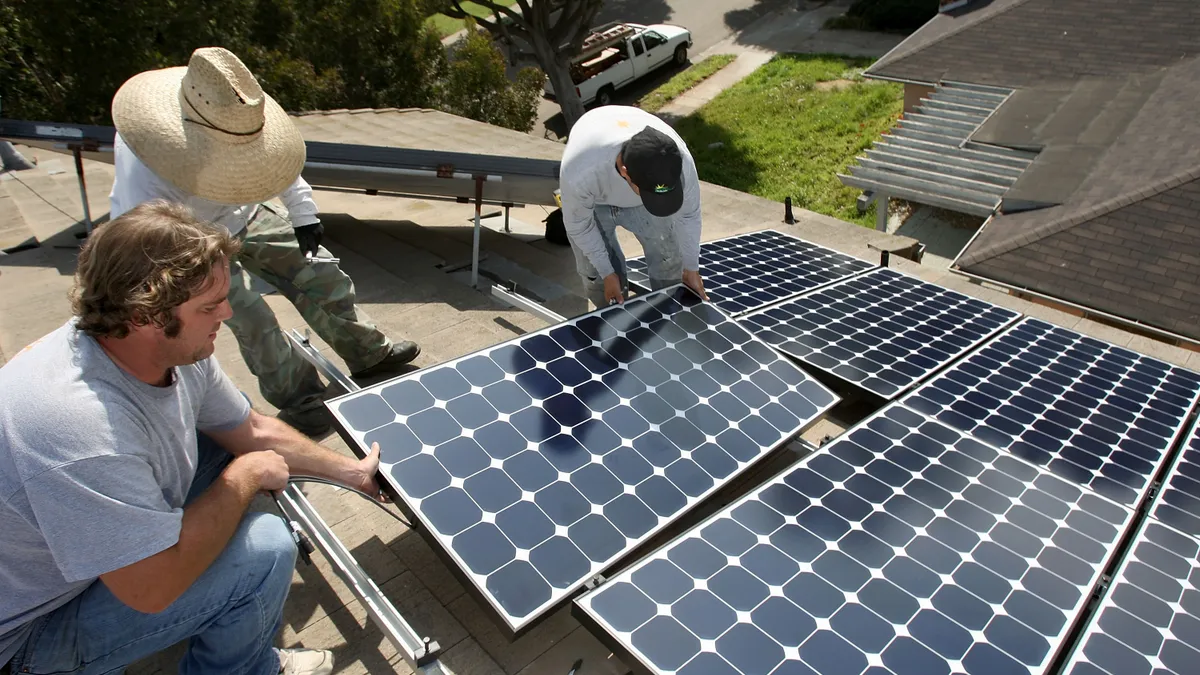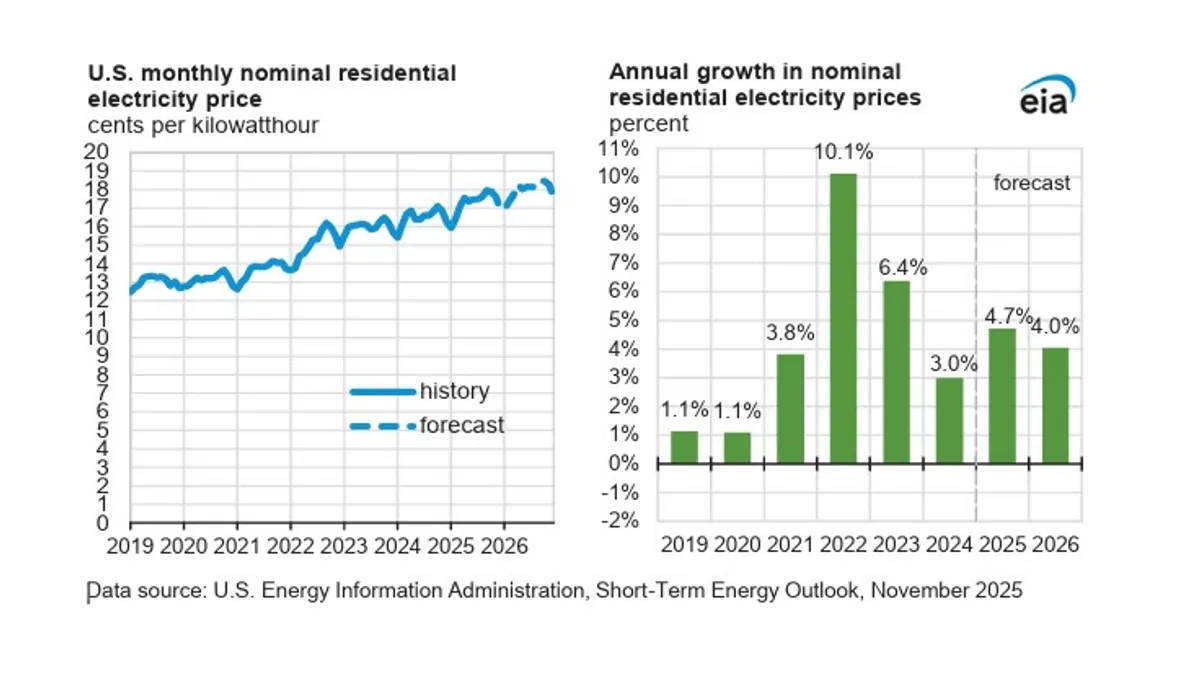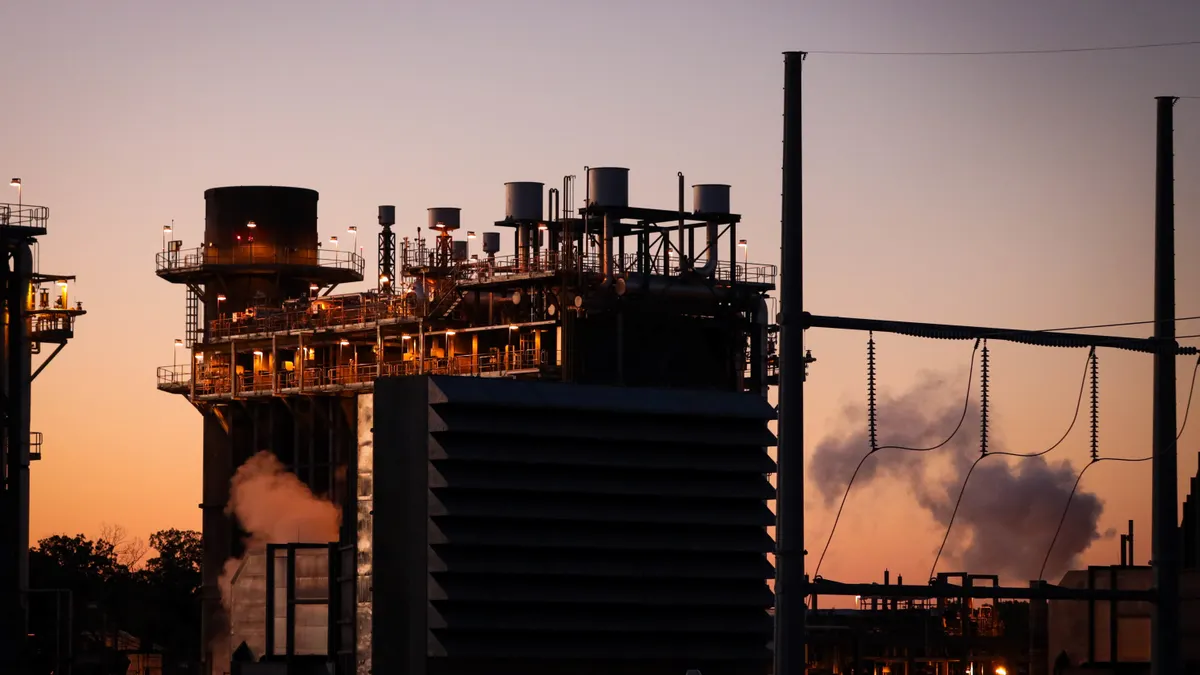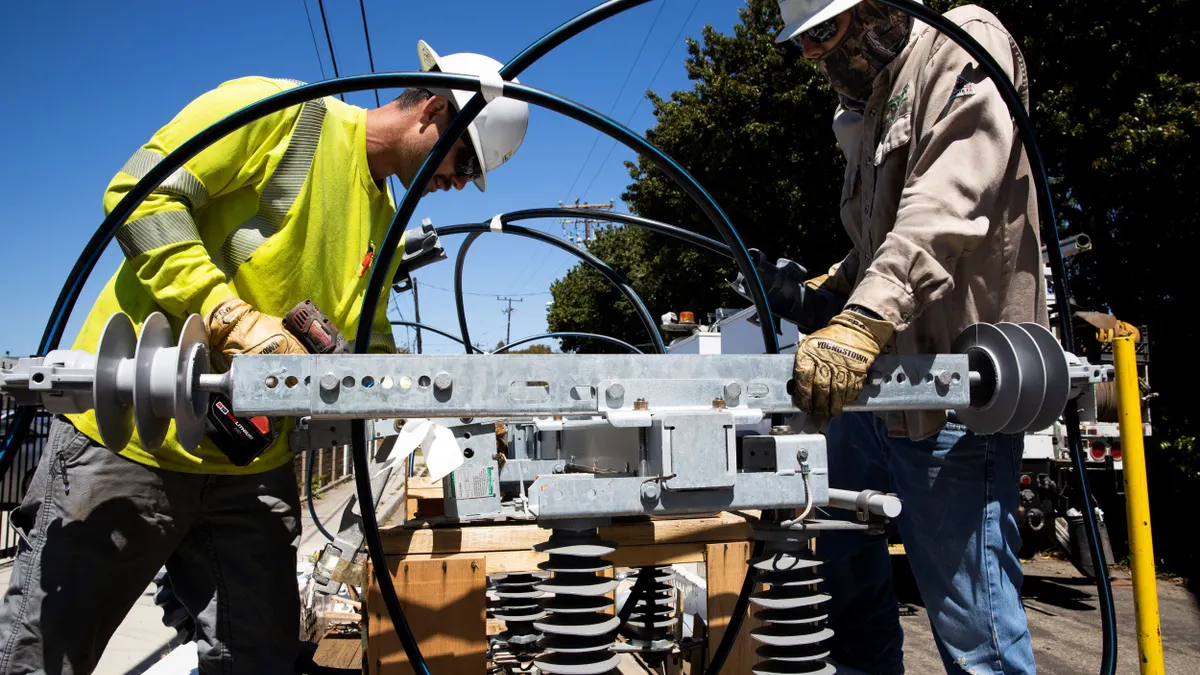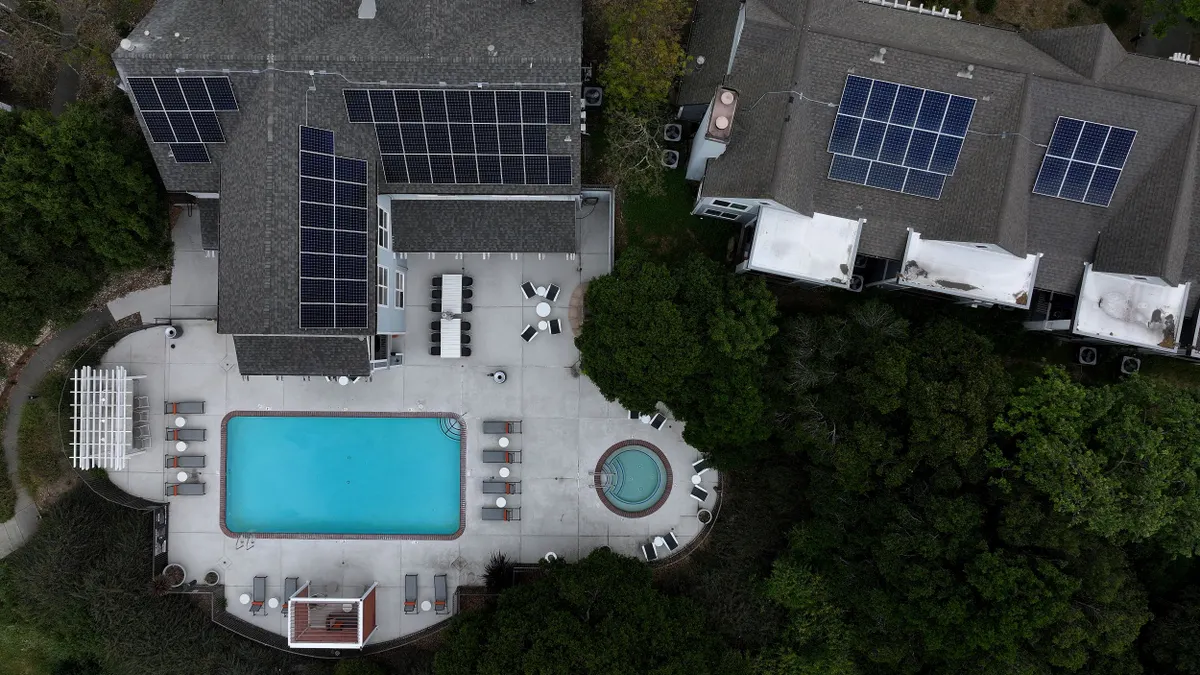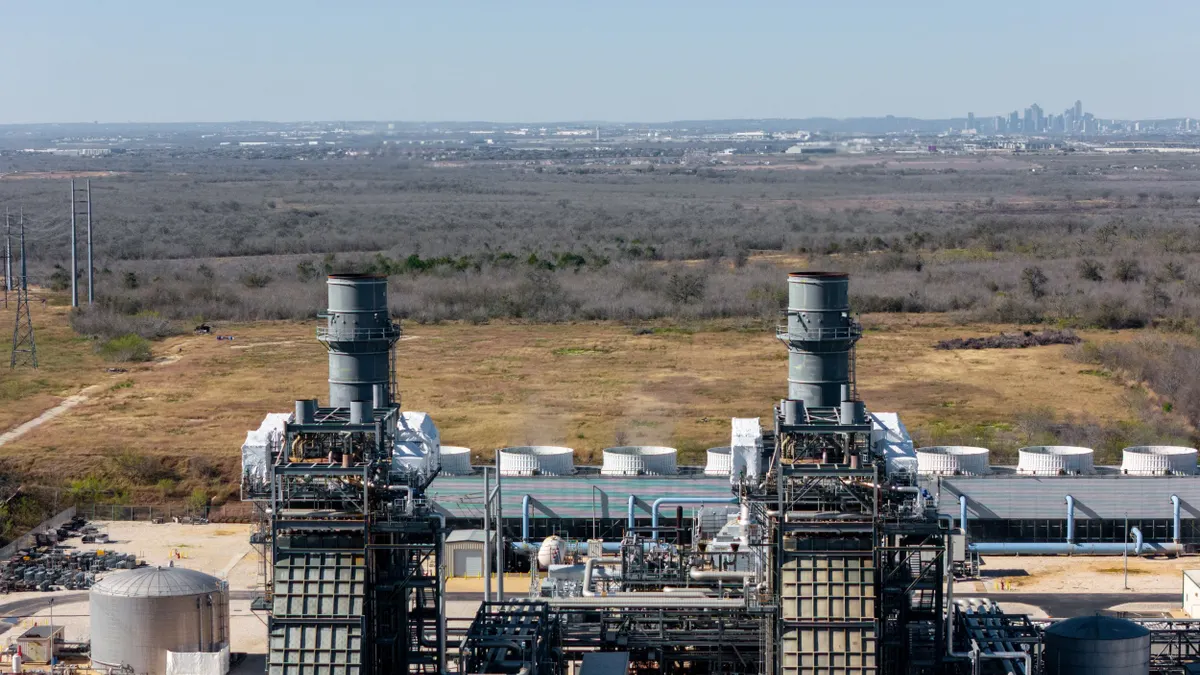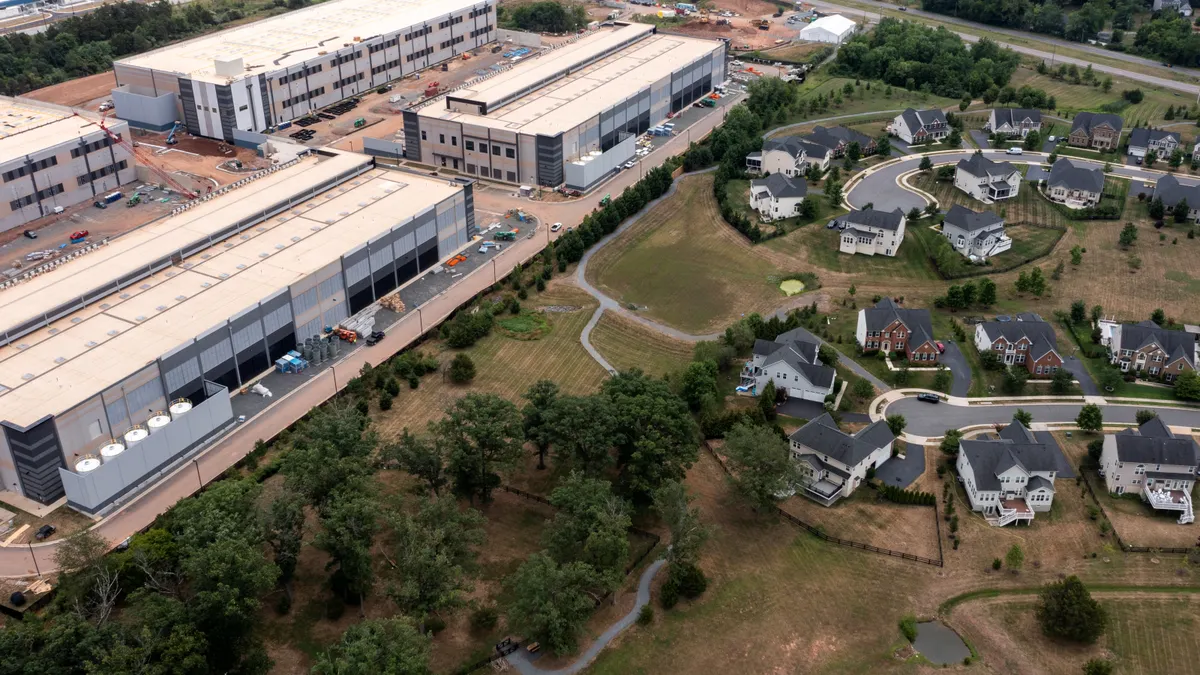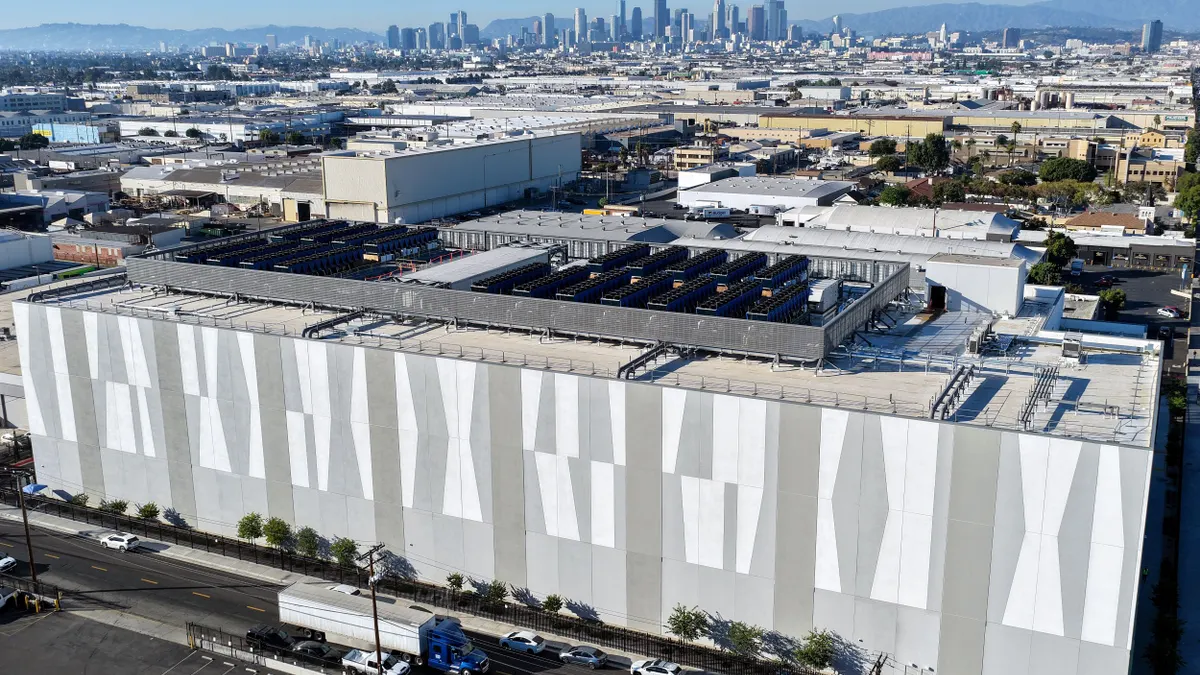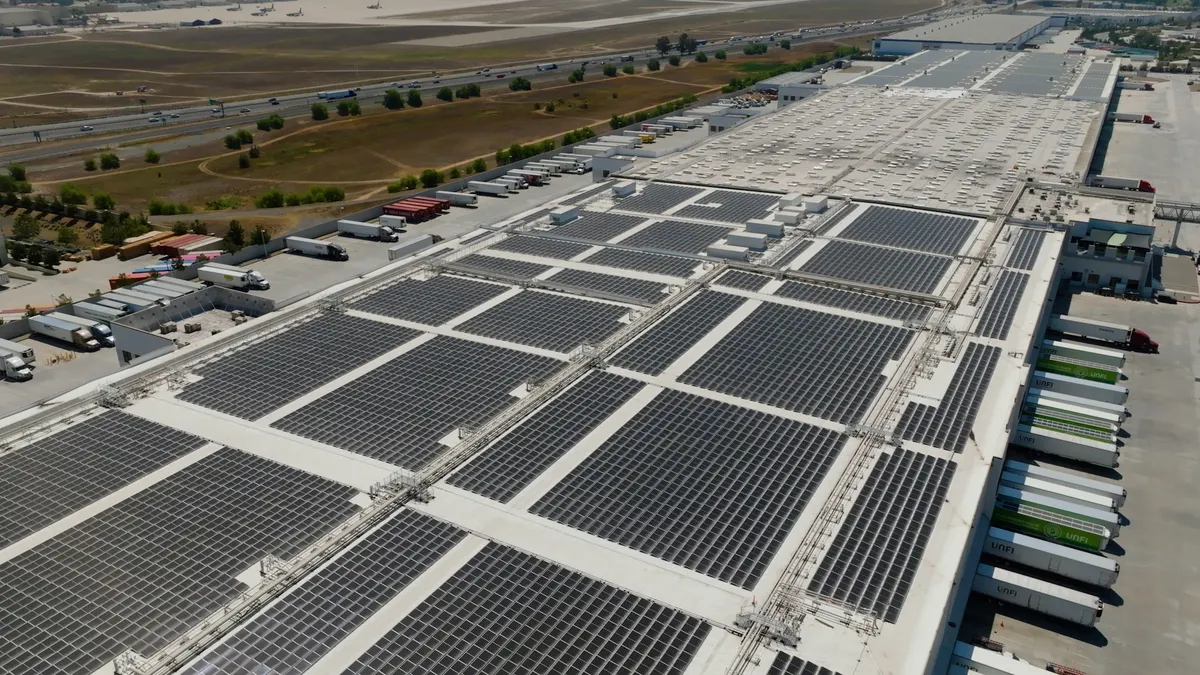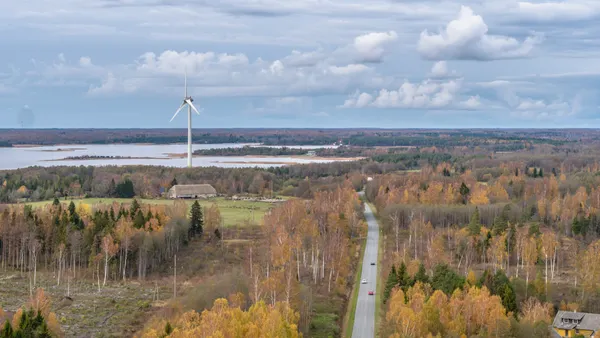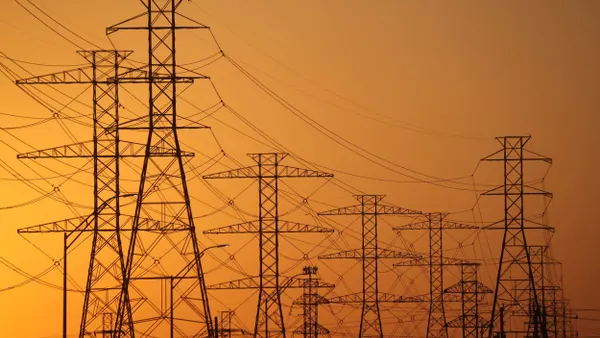By Hampden T. Macbeth and Jessica R. Bell, staff attorney and deputy director, respectively, at the State Energy and Environmental Impact Center, NYU School of Law.
In September, the Federal Energy Regulatory Commission issued its landmark Order No. 2222 to open organized wholesale markets to aggregations of distributed energy resources (DERs). FERC’s new order is meant to facilitate this across the wholesale markets, but compliance has been halting and scattershot. In advance of the original compliance deadline for the order this month, the State Impact Center’s recent report, Are We There Yet?: Getting Distributed Energy Resources to Markets, takes a closer look at the compliance process in each regional market and where the delays are happening.
Usually located close to the load served, DERs provide flexibility for customers — and they have the potential to provide value to the wholesale grid, too. DERs can help to support a reliable grid and offer the benefits of cleaner generation, lower prices and increased competition. These resources can help states achieve emissions reductions goals and address infrastructure challenges — for example, a portfolio of DERs can replace an aging peaker plant and provide an innovative, lower cost alternative to building a new turbine or expensive transmission solutions. Allowing technologies like demand response and energy efficiency to compete in capacity markets can lead to significant cost savings for consumers.
Unfortunately, the full scope of benefits DERs offer has remained tantalizingly out of reach without wide-scale participation of aggregators in the wholesale markets. Order No. 2222 permits aggregators that pool smaller DERs to serve wholesale markets by satisfying the minimum size thresholds required for market participation, and directs each RTO/ISO to ensure market opportunities are available to DERs. This additional revenue for DERs should also help promote expanded investment and development. As more customers and policy makers are moving towards DER, full participation in the wholesale markets will unlock additional benefits.
So where do things stand? The New York Independent System Operator (NYISO) and California Independent System Operator (CAISO) already have DER aggregation programs but will need to make some tweaks to ensure that their programs are in compliance with all of Order No. 2222’s directives. The other RTOs/ISOs have more work cut out for them. PJM Interconnection (PJM), ISO-New England (ISO-NE), Midcontinent Independent System Operator (MISO) and Southwest Power Pool (SPP) have each requested extensions as they work through their stakeholder processes. The compliance deadline is now in February 2022 for PJM and ISO-NE, and in April 2022 for MISO and SPP.
The grid operators generally presented two explanations for their extension requests. First, they need time to reach consensus with DER aggregators, utilities, regulatory authorities and other stakeholders on how best to implement Order No. 2222, particularly since this group includes some parties that have not traditionally communicated with RTO/ISOs or each other. Second, further time would be needed to update and develop the market software programs necessitated by Order No. 2222.
Order No. 2222 was also subject to rehearing requests with FERC, largely focused on the interaction of the order with the participation of demand response resources, established in Order No. 719. Order No. 719 has a feature that allows a state or other regulatory authority to block demand response participation in the wholesale market, despite the order’s overall attempt to encourage this participation.
With Order No. 2222, the question is whether states and other authorities can opt out as well for DER aggregations that include some demand response — is the participation of these aggregations subject to a regulator’s opt out? FERC initially said no in Order No. 2222-A, but then changed course in Order No. 2222-B. As it currently stands, heterogenous DER aggregations that include demand response are subject to the opt out. FERC is currently further investigating the demand response opt out in another proceeding.
Are We There Yet? also tracks compliance with Order No. 841, another significant FERC order for clean energy that aims to remove barriers for electric storage resources to participate in wholesale markets. Storage has tremendous potential value to the grid, particularly as wind and solar generation increase; pairing storage with these resources can increase their flexibility by preventing the need to curtail them in times of congestion and delivering their energy at a particular time. A residential solar-plus-storage hybrid resource cleared the ISO-NE capacity auction for the first time — for any capacity market — in 2019.
Compliance with Order No. 841 is ongoing, with CAISO, PJM, NYISO and ISO-NE having largely complied already. SPP’s compliance filing will be effective August 5, 2021. MISO is the outlier, with a June 6, 2022 compliance effective date — more than two-and-a-half years after the original compliance deadline set by the order — that it sought to further defer until March 1, 2025.
Comments opposing the second deferral request noted that further delaying Order No. 841 compliance would delay Order No. 2222 compliance in large part until 2025 as well. FERC found that the current model for opportunities for storage in MISO markets should not be allowed to remain in place for so long and denied MISO’s request, and MISO has sought rehearing of this denial. MISO explained that the second deferral would enable it to accelerate the replacement of its existing market system software to 2024, which it had asserted was necessary to meet reliability needs.
Both Order Nos. 841 and 2222 have prompted significant progress in the RTOs/ISOs. As each wholesale market continues to move forward with compliance, the orders are sure to spur increased contributions to decarbonization and increased competition from the participation of these resources.


